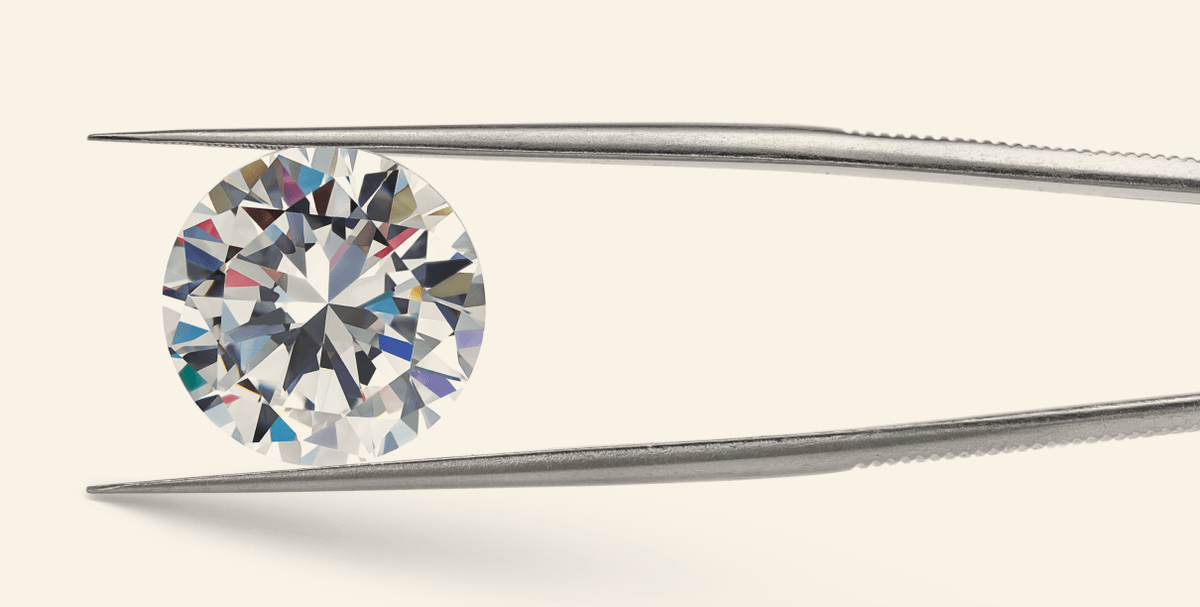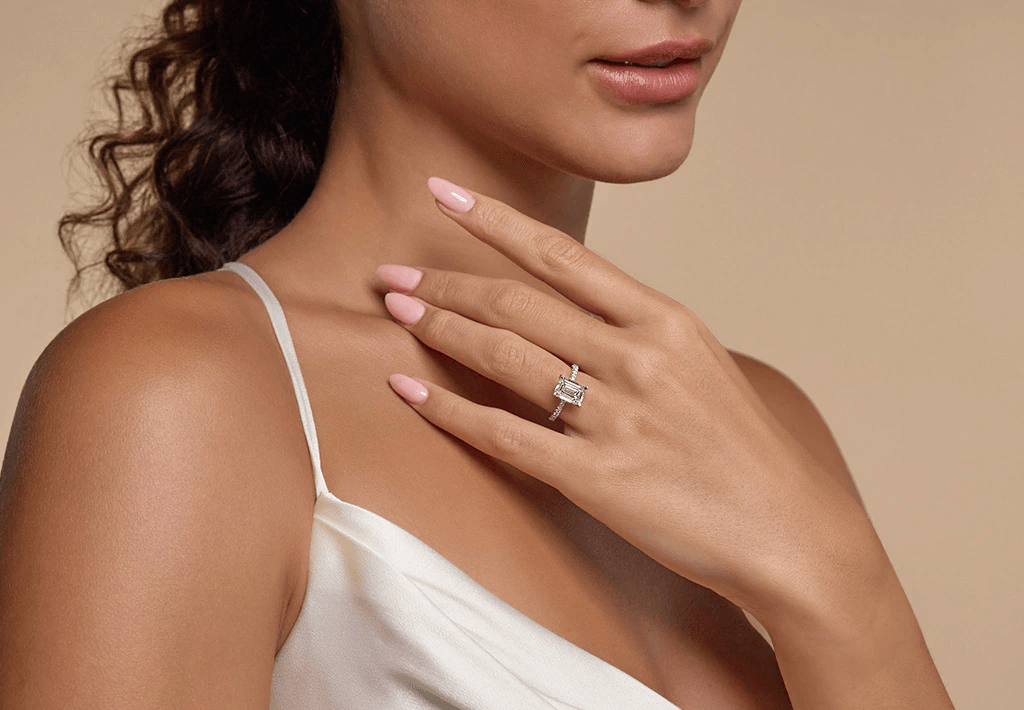
A New Era of Trade Politics in Luxury
For years, the jewelry sector relied on frictionless globalization. Natural diamonds were mined in Africa, cut in India, polished in Belgium, and set in New York or Hong Kong. But as consumer demand shifts toward lab-grown diamonds, governments are rethinking trade policy. The future of lab-grown diamond tariffs is no longer a theoretical issue—it’s a structural force that could redefine pricing, supply chains, and brand strategies.
Why Lab-Grown Diamonds Are in the Spotlight
Unlike natural stones, lab-grown diamonds are produced through technology-intensive processes such as HPHT and CVD. Their supply chain involves equipment, energy, and skilled technicians rather than mining. That makes them vulnerable to different forms of regulation:
- Import duties on lab-grown diamond jewelry in Western markets could raise prices significantly.
- Tariff incentives for sustainable lab-grown diamonds may appear, as governments position them as greener alternatives to mined stones.
- Asian markets, particularly China and India, are building domestic hubs for lab-grown diamond engagement rings, which could be protected by local trade policies.
What Tariffs Could Mean for Consumers and Brands
A tariff increase on imported lab-grown diamonds could make global pricing less predictable. Retailers in the U.S. and EU might have to either absorb higher sustainable jewelry import costs or pass them on to buyers. For consumers, that could raise questions: will an engagement ring still be “affordable luxury” if its price rises 10% overnight due to new duties?
On the flip side, targeted tariff reductions could encourage adoption. Imagine if the EU gave preferential rates for ethical lab-grown diamonds, arguing they reduce environmental damage compared to mining. That could push more brands to shift their collections fully toward lab-grown offerings.

Market Divergence Is Coming
Looking forward, I expect a clear divergence:
- Western markets may impose protective tariffs to control imports while rewarding sustainable lab-grown diamond jewelry.
- Asian producers will likely expand aggressively, shielding their manufacturing bases and investing in local consumer markets.
- Global brands will regionalize their supply chains—cutting and setting closer to their final buyers to minimize tariff exposure.
My Take as a Media Observer
The future of lab-grown diamonds won’t just be shaped by consumer demand—it will be filtered through tariffs, sustainability policies, and geopolitical rivalry. Tariffs will become storytelling tools: governments framing them as job protection, brands reframing them as proof of authenticity or eco-credibility.
In the next five years, don’t be surprised if the sparkle of a lab-grown diamond engagement ring carries not just emotional value, but also the weight of trade policy. Luxury is no longer just about rarity or beauty—it’s about navigating the invisible politics behind every stone.
